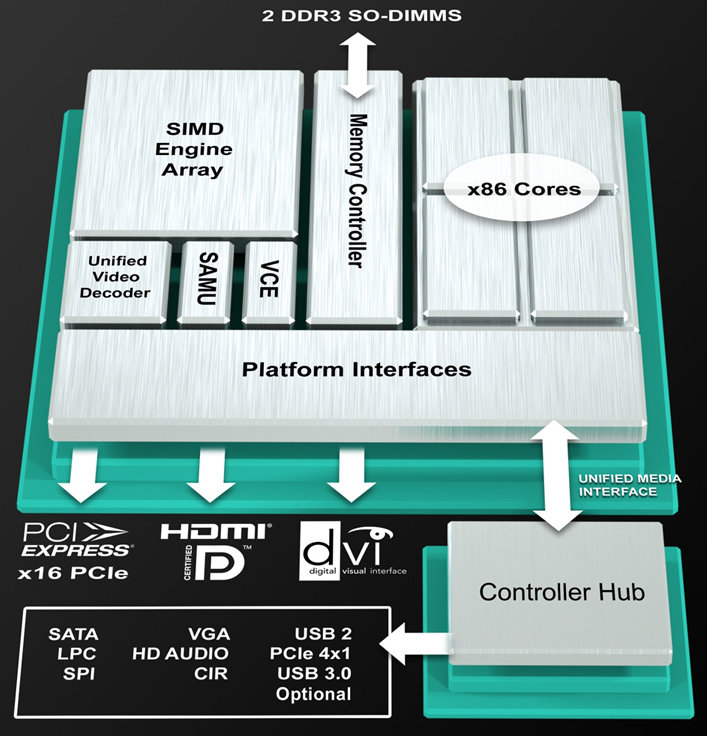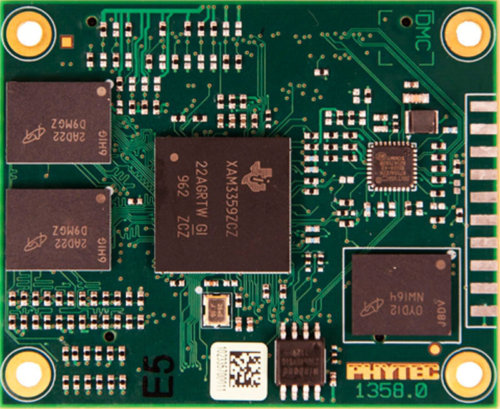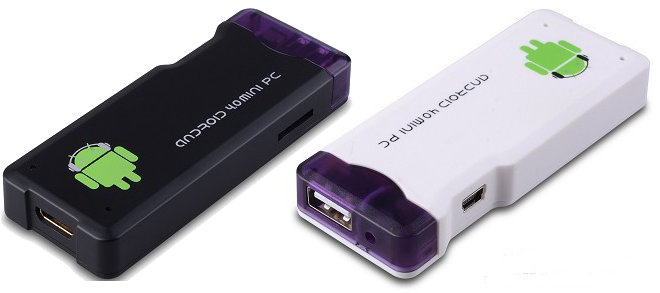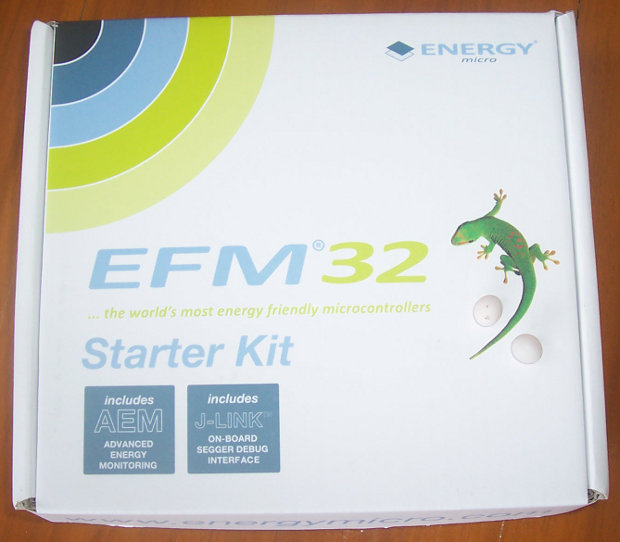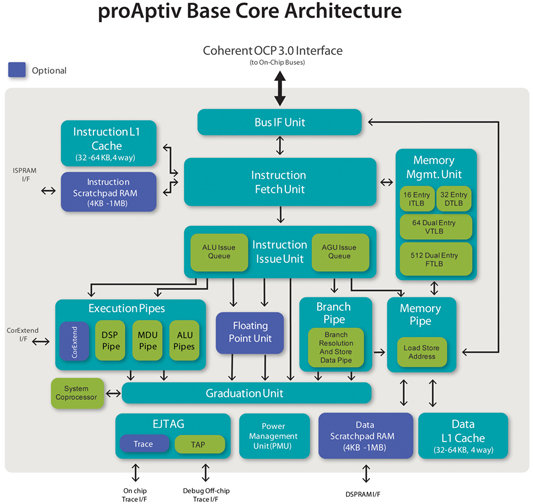MIPS and Microchip organize a promotion on a MIPS PIC32 MCU development Kit. The Microstick II delivers a development hardware platform for Microchips MIPS-based 32-bit microcontrollers. It’s USB-powered and includes an on-board debugger/programmer, a DUT socket for easy device swapping, a user LED and reset button. Key features: Integrated USB programmer / debugger – No external debugger required USB Powered – Ease of use, No external power required MPLAB support. DUT Socket – Flexible, Easy device replacement 0.025” Pin headers – Enables plug-in to Breadboard with room for jumper wires Easy access to all device signals for probing Small size – Smaller than a stick of gum at 20 x76mm – Easily Portable On board User LED and Reset Switch Free demo code Microstick II supports all 3.3V PIC24FJ, PIC24H, dsPIC33, and PIC32 SPDIP packaged devices which are included in the kit. Microkit II normally costs 34.95 USD, but is […]
Ubuntu, Tizen, XMBC… Demos at Q2.12 Linaro Connect in Hong Kong
Linaro has announced several demos would take place at Linaro Connect on June 1st, 2012 in Hong Kong: Big.LITTLE in-kernel Switcher (Linaro) SIProp – Combat Scouter – How much your Combat Power? (SIProp) Android Toolchain Improvements (Linaro) Origen Running Awesome Code (Linaro) Snowball with MM enablement (Linaro) Tizen on Snowball (Linaro) Google+ Hangouts on an ARM Board (Linaro) Low-Cost Logic Analyzer (Linaro) XBMC on Snowball – ST Ericsson Snowball (Linaro) (Ubuntu) Unity 3D on Snowball (Linaro) Ubuntu TV on Snowball (Linaro) PCM (Phase Change Memory) : Linaro kernel meets with the PCM technology (Micron) ARM DS-5 & Linaro (ARM) Most of the demos will be organized by Linaro, but three others companies will also shown the “show”, namely SIProp, Micron and ARM. It’s always interested to see what happens at Linaro because it gives a view into the future to what may comes to the new products and developers can see what new features are available for […]
AMD Launches AMD Embedded R-Series APU Platform
AMD has launched their AMD Embedded R-Series accelerated processing unit (APU) platform designed for mid- to high-end graphics-intensive applications such as digital signage, casino gaming, point-of-sale systems and kiosks, as well as parallel processing applications such as medical imaging and security/surveillance thanks to OpenCL and DirectCompute support. The AMD Embedded R-Series APU combines the “Piledriver” CPU architecture with an AMD Radeon 7000 Series GPU. There are 8 AMD R-Series APUs, 4 in PGA package and 4 in BGA package: R-464L – Quad Core APU @ 2.3/3.2 GHz with Radeon HD 7660G. TDP: 35W (PGA) R-460H – Quad Core APU @ 1.9/2.8 GHz with Radeon HD 7640G. TDP: 35W (PGA) R-272F – Dual Core APU @ 2.7/3.2 GHz with Radeon HD 7520G. TDP: 35W (PGA) R-268D – Dual Core APU @ 3.0/2.5 GHz with Radeon HD 7420G. TDP: 35W (PGA) R-460L – Quad Core APU @ 2.0/2.8 GHz with Radeon HD 7620G. […]
Phytec phyCORE-AM335x System on Module (SOM) Based on TI Sitara AM335x
PHYTEC announced the phyCORE-AM335x System on Module (SOM) powered by Texas Instruments Sitara AM335x Cortex-A8 processor clocked at 720Mhz and PowerVR SGX530 GPU. This SoM targets industrial applications and supports standards such as EtherCAT, Ethernet/IP, PROFINET, PROFIBUS, POWERLINK, SERCOS-III and CANopen. Here are phyCORE-AM335x SOM specifications: TI’s Sitara AM335x ARM Cortex-A8 processors @ 720 MHz (AM3352, AM3354, AM3356, AM3357, AM3358 and AM3359) PowerVR SGX530 Graphics (AM3359, AM3358, AM3354 only) 512 MB DDR3, 512MB/1GB NAND, 8 MB SPI Flash, 32 KB EEPROM 6x UARTs, 3x I2C, 2x McASP, 2x SPI, 2x CAN 2x USB OTG 2x 10/100/1G Ethernet (Gigabit PHY on carrier board) 24 bpp TTL or LVDS 44 x 50 mm form factor -40 degrees to +85 degrees C temperature range Linux, Compact 7, Android The phyCORE-AM335x SOM will be available in a PHYTEC Rapid Development Kit (RDK) including: phyCore-AM335x SOM A carrier board Board support packages (BSP) Demo images […]
74 USD AllWinner A10 Android 4.0 Mini PC
A cheap white brand Android 4.0 USB/HDMI Stick based on AllWinner A10 has started to show up in Chinese websites. Initially, I thought it was like a low cost version of FXI Tech Cotton Candy (which will start shipping this month), but as you can see in the image below, the HDMI port is female so you’d still need a HDMI cable. The hole next to the USB port should be for the power supply, so this device is apparently not powered via USB (TBC). Connect a wireless mouse and keyboard to the device, the power supply, and an HDMI cable to your TV, and you’ve got yourself a cheap PC running Android 4.0. Since this is based on AllWinner A10, you could also insert a microSD card with Ubuntu, Debian or your other favorite Linux distribution and have yourself a Linux PC. Here are the specifications of the device […]
Energy Micro EFM32 Tiny Gecko (Cortex-M3) Starter Kit Unboxing
I’ve been lucky recently, after winning a TI Piccolo controlStick last month, I’ve just received Energy Micro EFM32 Starter Kit (EFM32-TG-STK3300) based on EFM32 Tiny Gecko MCU. This development board include: EFM32 Tiny Gecko Cortex-M3 MCU 8×20 LCD A light sensor A touch slider A battery compartment SEGGER J-Link mini USB port 2 Button + 1 reset button 1 User LEDs 2 expansion ports. Lots of through holes to access the different pins of the MCU Today, I’ll just show the content of the kit and next time, I’ll post more about the things I’ve done with it. Here’s the package of the EFM32 Starter Kit. The 2 gecko eggs were not included… Actually, those are house geckos eggs which are smaller than real geckos. We’ve got those here as well, but there are very shy, whereas house geckos just run around the walls and ceilings all day. Well, it’s […]
Atmel Unveils AVR XMEGA C, tinyAVR ATtiny1634 and AVR UC3 L3/D4 MCUs
Atmel announced 14 new Atmel AVR microcontrollers divided into 4 families: AVR XMEGA C, tinyAVR ATtiny1634, AVR UC3 L3 and AVR UC3 D4. Atmel AVR XMEGA C MCUs Atmel AVR XMEGA C MCUs are 8-/16-bit general-purpose MCUs with Full-Speed USB, 12-bit ADC, up to 384 KB flash and 32 KB SRAM. They can support Atmel QTouch Library for implementation of capacitive buttons, sliders and wheels functionality. The AVR XMEGA C MCUs consume 700nA in sleep mode with RTC. There 8 new XMEGA C MCUs which target consumer, industrial and home automation applications such as thermostats with display, building and climate control, utility meters with RF and ZigBee connectivity. The smallest XMEGA C MCU (ATxmega16C4), which comes in 44-pin package and has 16KB device, is the cheapest AVR XMEGA device with USB provided by Atmel. You can find further information on Atmel AVR XMEGA C page. Atmel tinyAVR ATtiny1634 MCU Atmel […]
MIPS Introduces microAptiv, interAptiv and proAptiv Cores
MIPS Technologies has introduced their new Aptiv generation of microprocessor cores divided into 3 families: proAptiv, interAptiv and microAptiv. proAptiv Core (equivalent to ARM Cortex A15 DMIPS/Mhz) The proAptiv core achieves a 4.4 CoreMark/MHz score which according to MIPS is the best score reported for any licensable IP core. It also achieves 3.5 DMIPS/MHz which is abnout the same performance as ARM Cortex A15. This core targeted at high performance applications such as smartphones, tablets, HD STB, automotive infotainment and residential gateways. proAptiv is recommended as an upgrade to MIPS32 74K/1074K cores. interAptiv Core (equivalent to ARM Cortex-R5 DMIPS/Mhz) The multi-threaded interAptiv core delivers higher CoreMark/MHz (3.2) than competing cores in similar die area and 1.7 DMIPS/MHz per core. The interAptiv is aimed at mid-range applications such as mainstream STB, digital cameras, mid-range smartphone, broadband CPE (Consumer Premise Equipment) and SATA/SSD controllers. microAptiv Core (equivalent to ARM Cortex-M3/M4 DMIPS/Mhz) The […]




